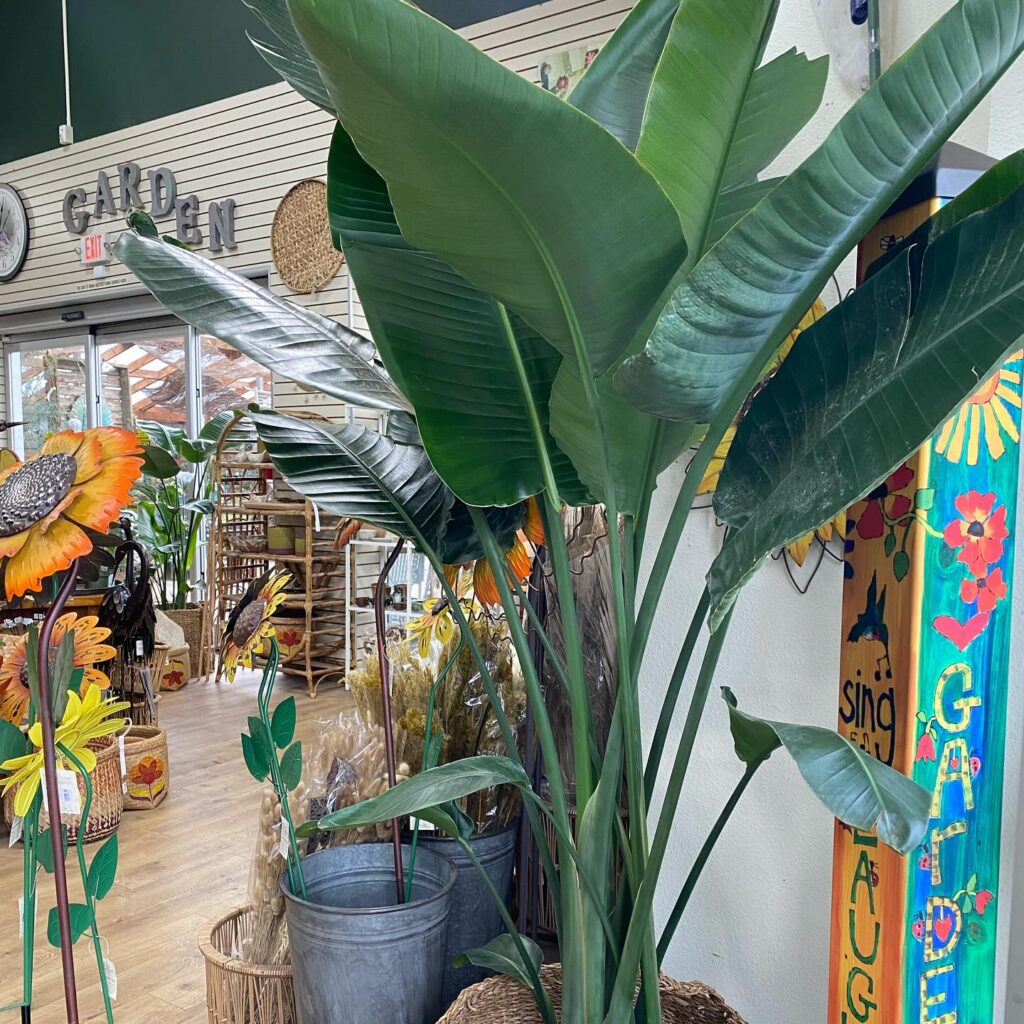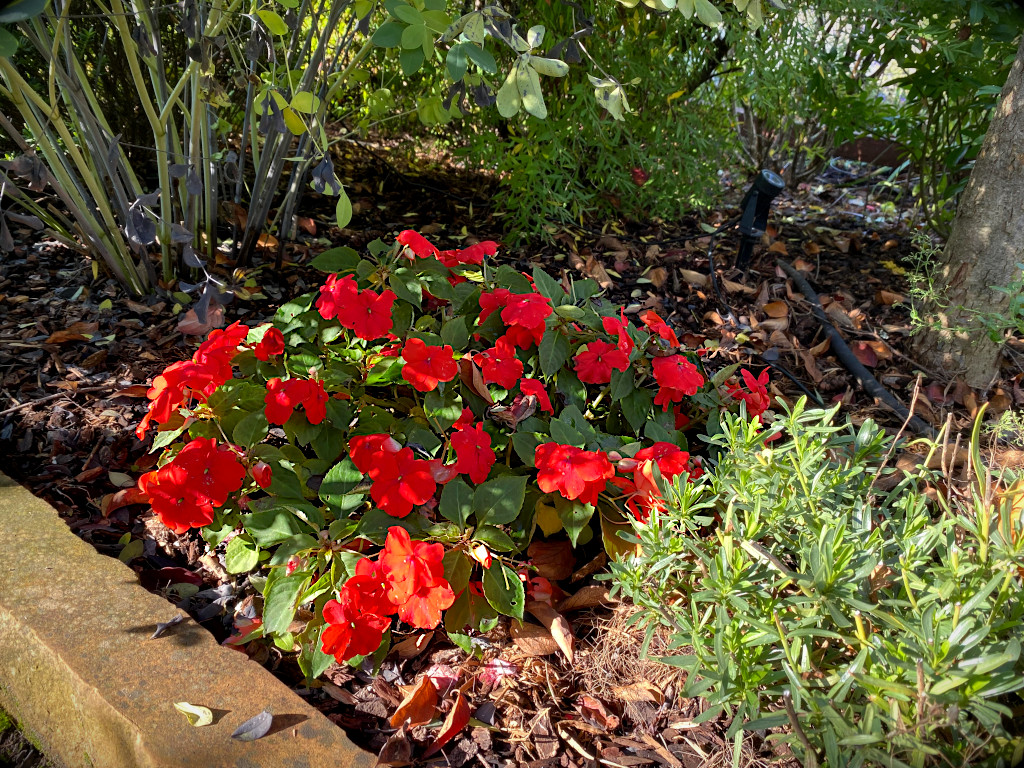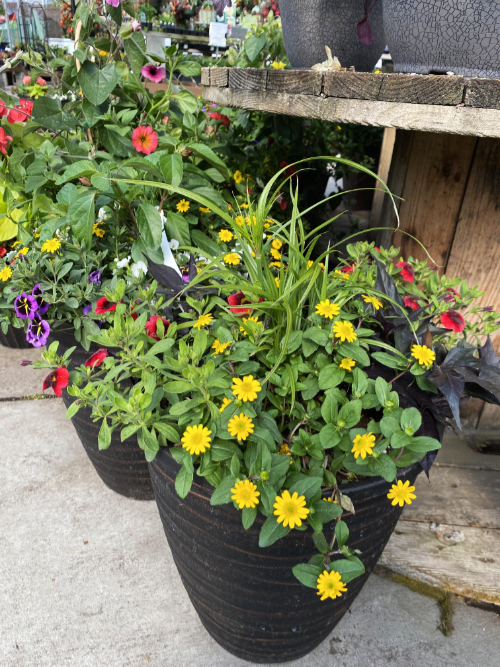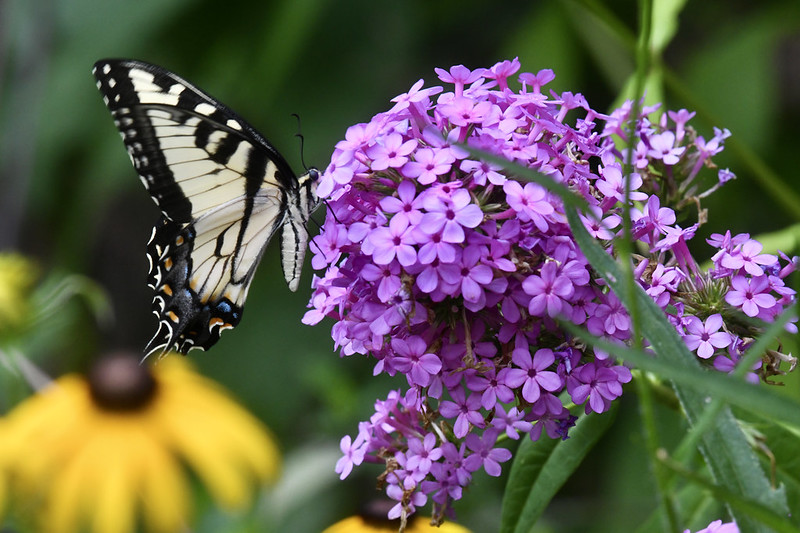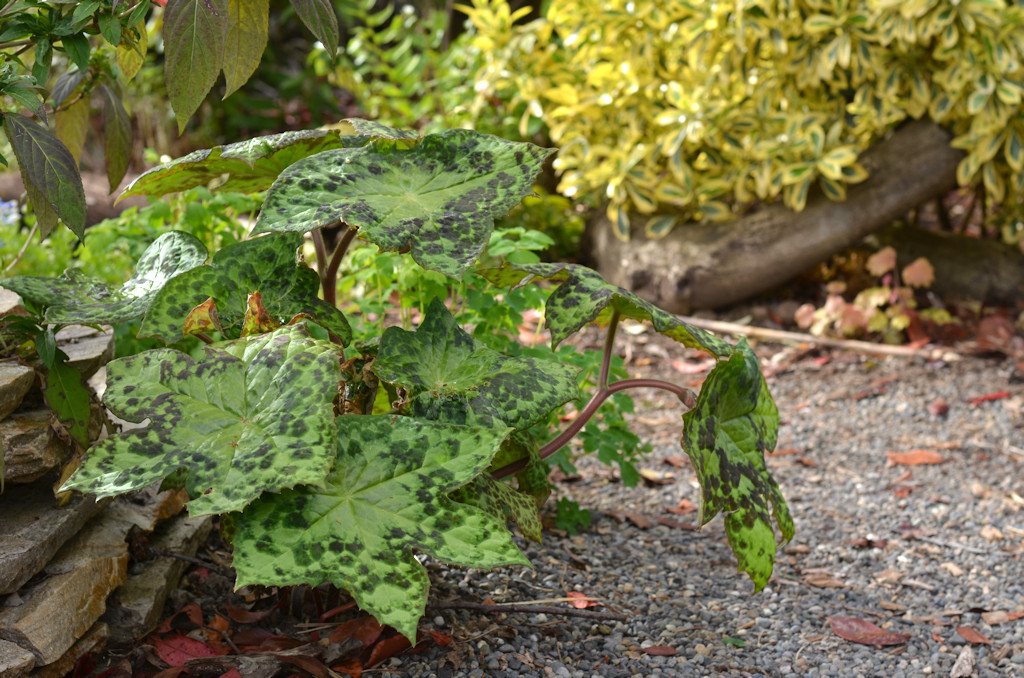Caring for Houseplants During the Winter Months
Whether you have houseplants that are a year-round fixture or you are over-wintering tropical or tender plants inside for the winter, indoor plants can be very rewarding but challenging as well. The winter months can present various stress factors and more houseplants die during this time of year than any other time. Here are some tips to help keep your plants healthy during the winter months.
Location – Houseplants like bright light and light levels are lowest this time of year (as well as the sun rays being at a lower angle). If possible, position plants near a bright window, preferably on the south or west side of your house. If that is not an option, consider installing grow lights to provide additional light. Rotate plants frequently to insure equal light levels.
Drafts can present problems so avoid placing them near vents or doorways. When placing plants near windows, pull the plants out from a window a bit if the window is cold or frosty. Generally, plants like temperature around 65-75 during the daytime and 50-55 at night.
Watering – Due to decreased light levels as well as temperatures, watering levels might need to be adjusted. Only water when the top inch of the soil feels dry.
Provide Humidity – Lower humidity levels can be a problem for many houseplants. If you have a humidifier, place it in the proximity of plants. Placing plants on trays or saucers filled with pebbles and shallow water will provide humidity as the water evaporates. Grouping plants together is also a good idea as plants will naturally release water through transpiring and neighboring plants will benefit.
Fertilizing – Do not fertilize during the winter months. Resume fertilizing in late March or April.
Cleaning Leaves – Dust and other pollutants will quickly collect on leaves. Keep them looking their best by periodically wiping down the leaves with a damp paper towel or soft cloth. Misting leaves with a spray bottle filled with water and a small amount of dish detergent (about a teaspoon) works well. You can also place plants in the shower or sink for an occasional shower.
Pests – Keep an eye out for insects and pests. Examine leaves on both sides and if you notice suspicious activity, use an insecticidal soap or other product to treat the problem.
Pruning & Maintenance – Remove browned or yellowed leaves or any that look disfigured. If you have brought plants from outdoors inside, it is normal to have some leaves turn brown or yellow as they adjust to different light levels and temperatures. This problem should go away as plants become acclimated to the indoor climate.
If you have any questions or concerns about your houseplants, give us a call!

